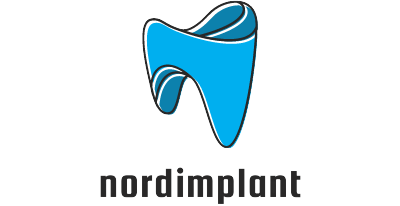Introduction:
Dextroamphetamine, a central nervous system stimulant, has long been used for the treatment of attention deficit hyperactivity disorder (ADHD) and narcolepsy. In this article, we delve into the chemistry of dextroamphetamine, exploring its molecular structure, pharmacological effects, and therapeutic applications.
If you want to buy dextroamphetamine you can do it on the site https://bbgate.com/tags/dextroamphetamine-synthesis.
Chemical Structure and Composition:
Dextroamphetamine belongs to the class of amphetamine compounds, characterized by a phenethylamine backbone with a methyl substituent on the alpha carbon. This molecular structure confers specific pharmacological properties to dextroamphetamine, distinguishing it from other stimulant medications.
Physical and Chemical Properties:
Dextroamphetamine exists as a crystalline powder or tablet formulation and exhibits properties such as high melting point, solubility in water, and stability under appropriate storage conditions. Its chemical stability allows for the formulation of extended-release dosage forms for sustained therapeutic effects.
Pharmacodynamics and Therapeutic Effects:
The pharmacological effects of dextroamphetamine primarily involve the modulation of neurotransmitter systems in the brain, particularly dopamine and norepinephrine. By increasing the synaptic levels of these neurotransmitters, dextroamphetamine enhances attention, alertness, and cognitive function in individuals with ADHD or narcolepsy.
Therapeutic Applications and Clinical Use:
Dextroamphetamine is commonly prescribed as a first-line treatment for ADHD and narcolepsy due to its efficacy in improving symptoms and functional outcomes. However, its use is carefully monitored due to the potential for abuse, dependence, and adverse effects, necessitating close collaboration between patients, healthcare providers, and regulatory agencies.
Conclusion:
In conclusion, dextroamphetamine represents a cornerstone in the pharmacological management of ADHD and narcolepsy, offering relief to millions of individuals worldwide. By understanding its chemistry, pharmacology, and therapeutic effects, healthcare professionals can optimize its use while mitigating potential risks, ultimately improving patient outcomes and quality of life.
Information for preparing this article was taken from the site: https://en.wikipedia.org/wiki/Dextroamphetamine

